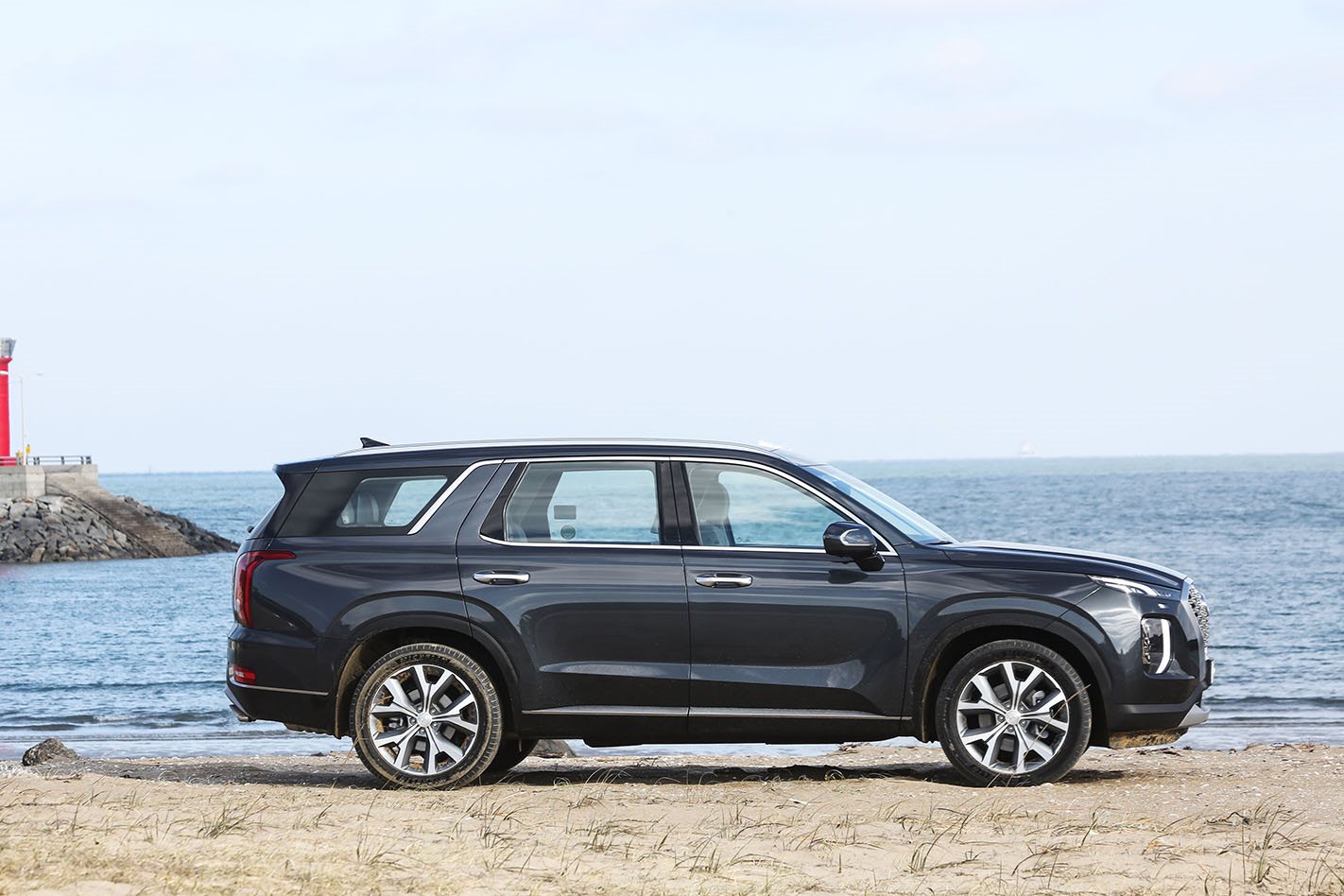
If you want a large SUV that is larger than the regular seven-seat crowd, doesn’t have off-road ability compromises, and isn’t built by a luxury car maker, you are out of luck in Australia.
Buyers wanting a bigger ‘upper large’ breed of SUV have rather limited options locally, with either the Nissan Patrol or Toyota LandCruiser being the affordable choices, while models from the likes of BMW and Mercedes-Benz fill the top end of town.
However, not every buyer wants the off-road ability of the LandCruiser and Patrol – and all the on-road compromises that entails – and aren’t attracted to the extra badge tax you pay when opting for a luxury German vehicle.
Well, thankfully, there is a new breed of SUV on its way to Australia, starting with the Hyundai Palisade.
These road-focused upper large SUVs are set to woo customers that have serious people and luggage carrying needs, with spacious cabins, ridiculous luggage capacity and plenty of standard equipment.
We will note here that there is a market for people movers like the Kia Carnival and Toyota Granvia, which are built for the task at hand and do it supremely well.
However, the harsh reality is many Australian buyers are looking for something that is equal parts capable and stylish – something not catered to as effectively by the people movers.
If you don’t care about looking a little dorky, we can highly recommend both the Carnival and Granvia, but we won’t hold it against you if you give the capable duo a pass.
It’s also worth noting that the vehicles listed below are large, seriously so, with all of them with bigger exterior dimensions than Toyota’s venerable (and popular) LandCruiser Sahara.
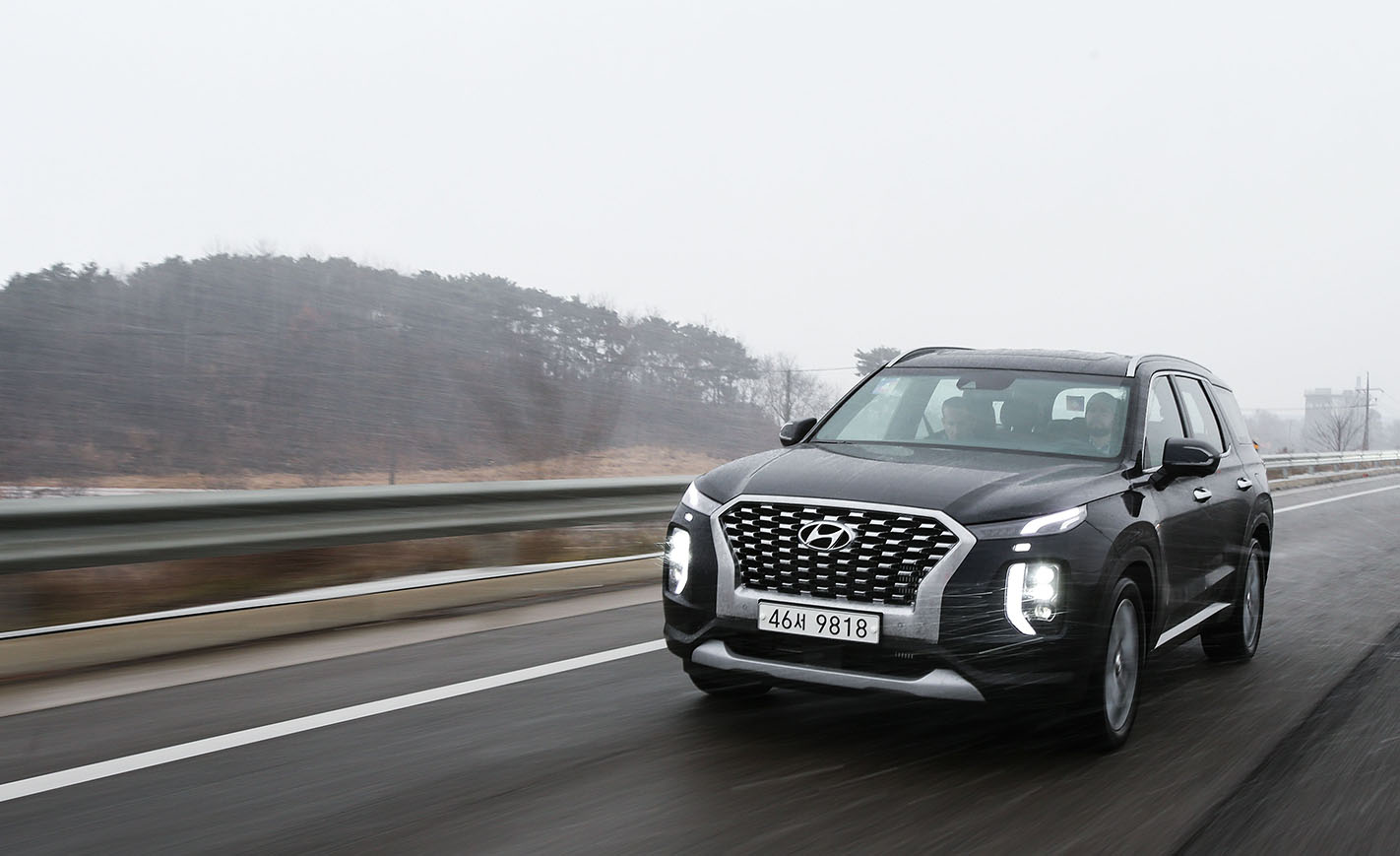
For context, the LC200 measures in with an overall length of 4950mm, width of 1970mm, height of 1905mm, and 2850mm wheelbase.
Australians do have a larger option available to them already, namely the Mercedes-Benz GLS, but you need near-enough $150k to put even the entry-level variant in your garage.
For context, the three-row German is 5207mm long, 1955mm wide, 1823mm tall, and has a 3134mm wheelbase.
It should be said, that the GLS is the best SUV we have tested at WhichCar when it comes to hauling people and their luggage in supreme comfort.
Now, onto the new models.
ON THE WAY: HYUNDAI PALISADE
The first to arrive is the Hyundai Palisade, which will be available in showrooms imminently.
The Korean eight-seater is built on the same platform, and uses the same engines, as the Santa Fe that Australians are familiar with, but is both longer and wider.
Officially, the Palisade measures in a 4980mm long, 1975mm wide, and 1750mm tall, with a 2900mm wheelbase. That’s 21cm longer and 8.5cm wider than the Santa Fe.
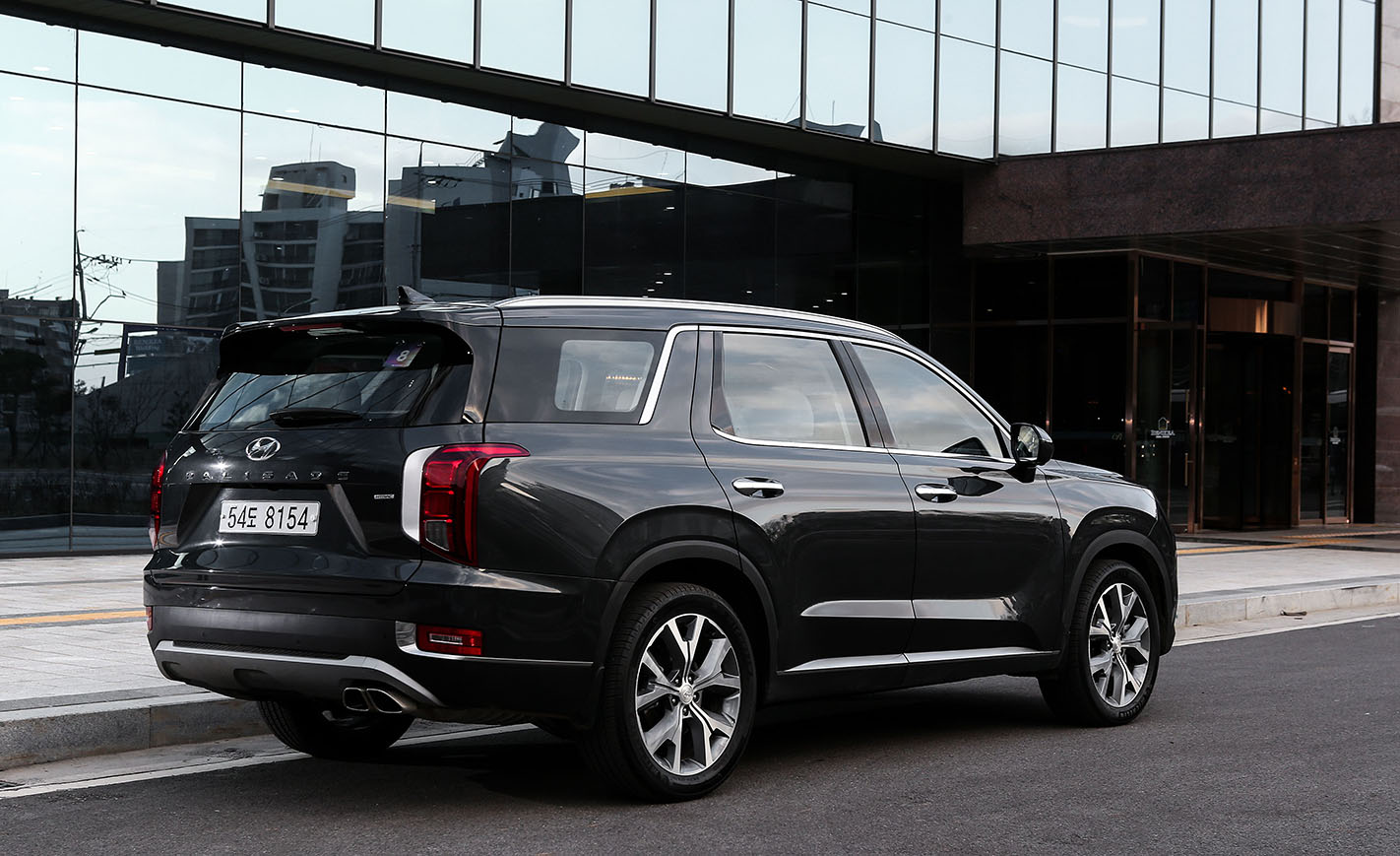
The Palisade will be familiar to drive for most Australians, with better on-road characteristics than a 4×4-based SUV.
Both diesel and petrol engines will be available in Australia. A 147kW/440Nm 2.2-litre four-cylinder turbo-diesel will be mated with an eight-speed automatic and all-wheel drive, while a 3.8-litre naturally aspirated V6 with 213kW/355Nm will send power to the front wheels only.
The Palisade has frankly insane luggage-carrying capacity, with 509 litres available while all three rows of seating are in use, and 1296 with the third-row seats folded down.
Not even the Mercedes-Benz GLS can match that, with 355 litres available when all the seats are occupied, growing to 890 litres with the most rearward pew stowed.
Then there are the added benefits that come with the larger stature. Inside the Palisades’, well, palatial cabin is a total of 16 cupholders, seven USB chargers, air vents for all three rows, and a driver mic system to make conversing with your more rearward passengers easier.
Hyundai says the Palisade can come as either an eight-seater (not a typo, eight) or a traditional seven-seater.
That’s because the third row (which is usually only capable of carrying two people) is wide enough to accommodate three occupants. The middle row can be a traditional three-wide affair or fitted with a pair of captain’s chairs.
There are also three ISOFIX baby seat mounts, with two in the second row, and a final in the third row.
Final pricing for the Palisade hasn’t been confirmed yet, but Australians can expect to pay between $50,000-$70,000 depending on specification.

GOOD CHANCE: KIA TELLURIDE
If the Hyundai Palisade sounds enticing, then Kia has a non-identical twin waiting in the wings.
Called the Telluride, the big Kia has already won some serious accolades internationally.
Originally intended as a US-only proposition, the Telluride shares the same platform, engine, transmission, suspension components, brakes, and all-wheel-drive system as the Palisade.
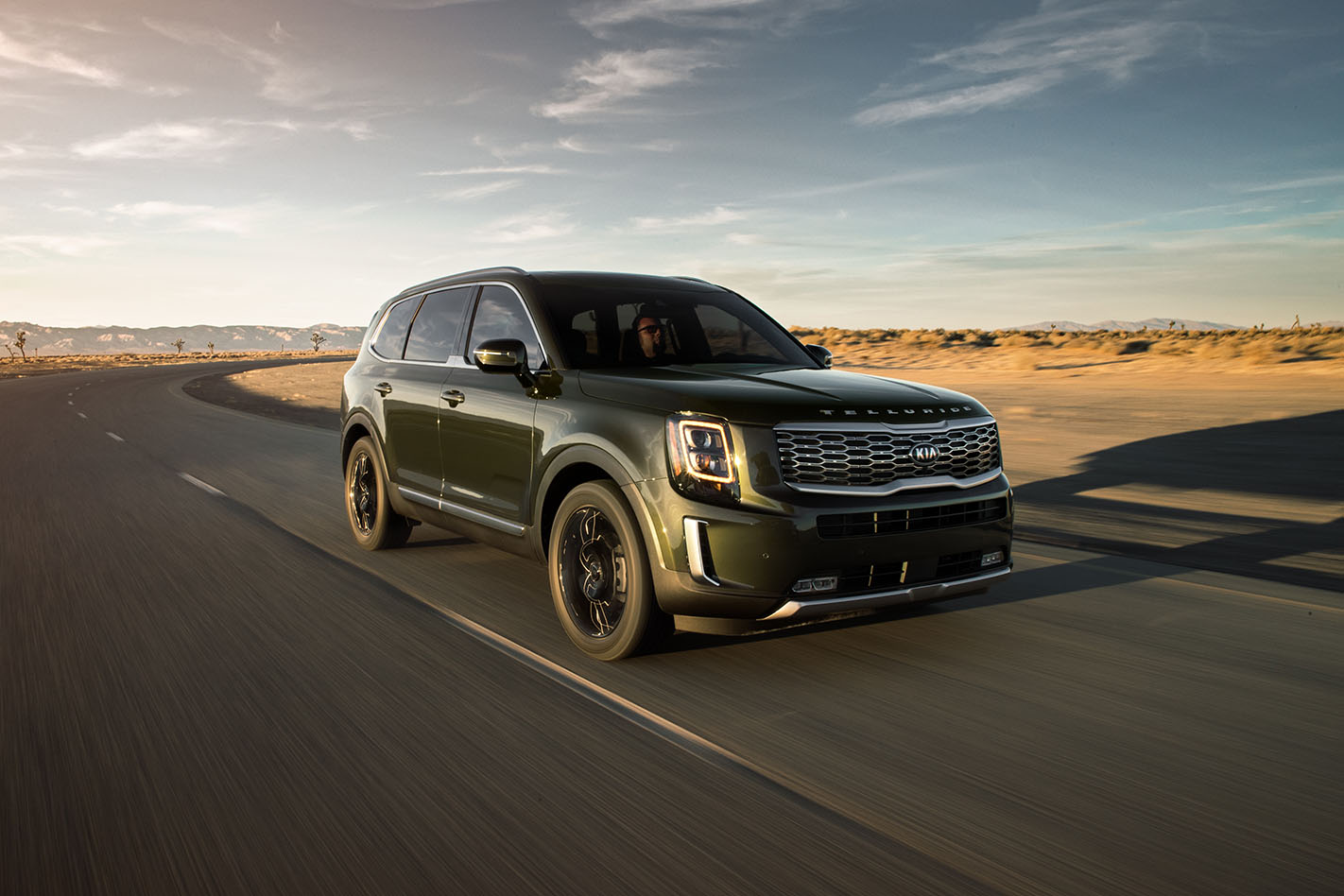
Being so mechanically similar to the Palisade, the Hyundai’s right-hand drive production capability opens the door for the Telluride to also make its way Down Under.
However, there’s a catch. The Telluride is currently only built at Kia’s factory in Georgia, USA, while the right-hook Palisade will roll off a South Korean assembly line alongside the Santa Fe.
Currently Kia has no plans to begin production of the Telluride in its native South Korea, which would allow for right-hand drive models to be sold in Australia, but WhichCar has been told “never say never”.
The Telluride would be a natural fit for Australia, and Kia is on a roll with its large SUVs at the moment, with the recently released Sorento immediately earning itself a sport at the top of the field in the large SUV segment.
If Hyundai enjoys success with its Palisade, it could put pressure on Kia’s head office to look into a business case for South Korean production, and subsequent Australian sales.
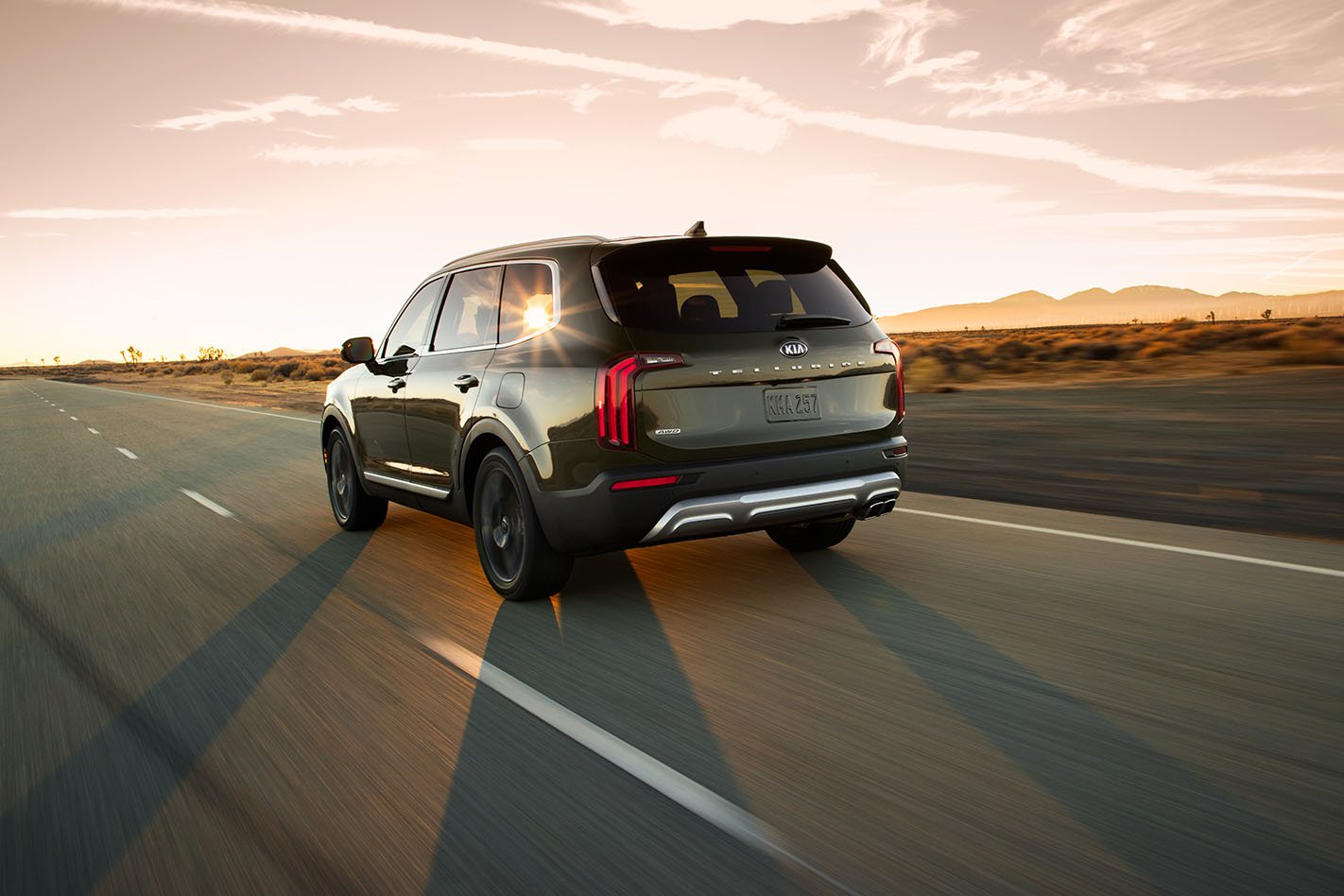
BOOK IT IN: CHEVROLET TAHOE AND SUBURBAN
Internationally the vehicles that are perhaps most synonymous with the upper large SUV segment are the Chevrolet Tahoe and Suburban – both of which have been significantly updated for 2021, and are set to be announced for local sale in the New Year.
If the latter sounds familiar, that’s because the American brute was imported and badged as a Holden between February 1998 and January 2001.
That initial foray into Australia couldn’t easily be called a success, but in the two decades since then, the local new-car market has evolved significantly, as has the Suburban.
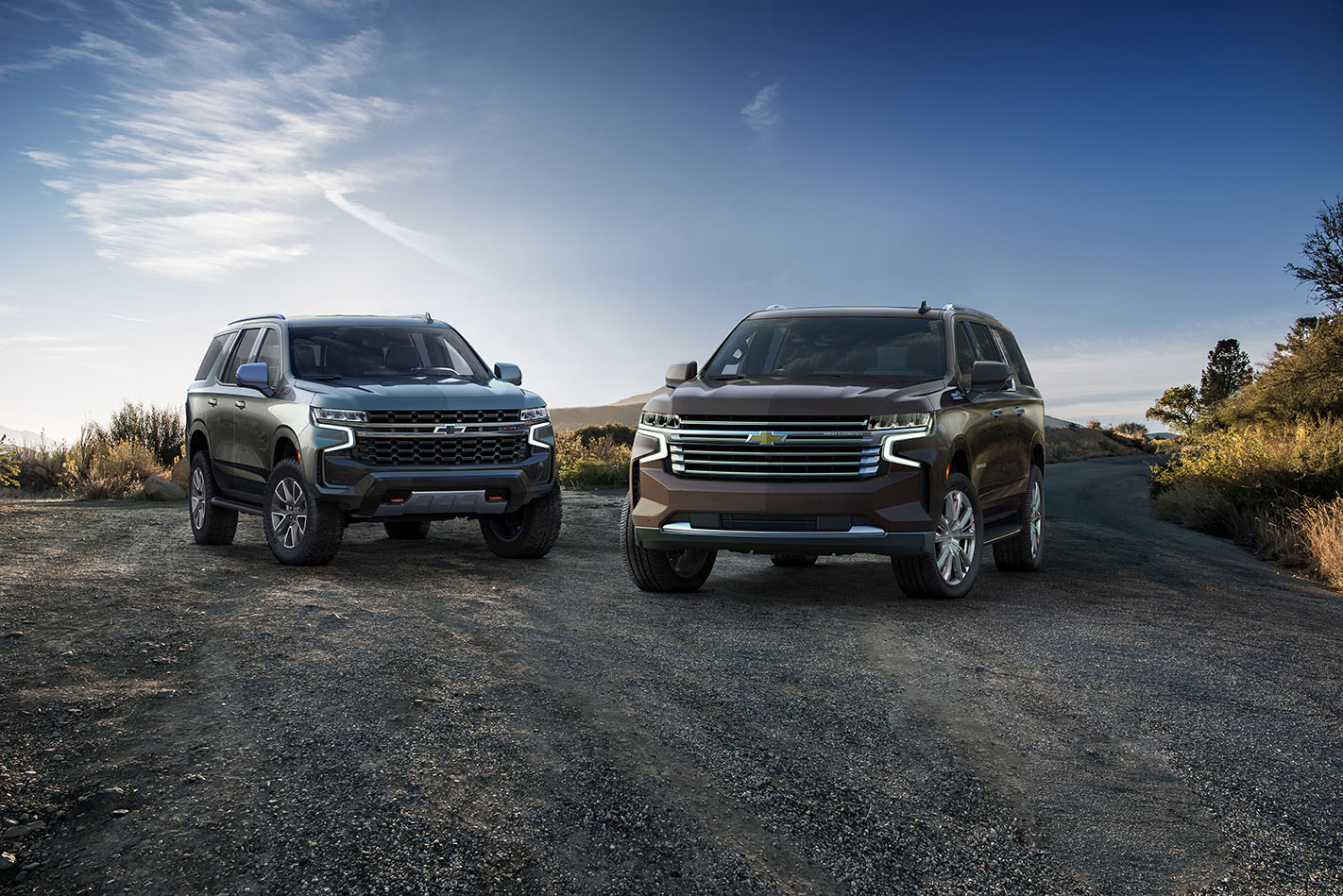
All-new versions of both the Suburban and Tahoe have been launched in North America this year, and are poised to arrive in Australia as part of HSV’s transformation into GMSV.
The Suburban is the larger of the two and would dwarf almost every non-commercial vehicle on Australian roads.
It is the largest SUV in Chevrolet’s history, measuring in at 5732mm long, 2044mm wide, 1889mm tall, with a 33406mm wheelbase. For context, that’s roughly half a metre longer than the already sizeable GLS.
The smaller Tahoe has a 5351mm length and 3070mm wheelbase, while retaining identical width and height to the Suburban. So, more manageable, but still a big beast.
To put the Suburban’s size into context, the third row has 93cm of legroom, while the second row enjoys 106cm. In the GLS you get 87cm in the third row, and 106cm in the second.
Both Tahoe and Suburban models can be powered by a trio of engine choices, mated to a single transmission option – the venerable 10-speed automatic that was co-developed with Ford and fitted to everything from the Ford Mustang to the Silverado 1500.
A 5.3-litre 265kW/519Nm naturally-aspirated petrol V8 is fitted to all Tahoe and Suburban variants bar the High Country as standard.
The High Country versions instead come with a 313kW/623Nm 6.2-litre naturally aspirated petrol V8, while a 207kW/623Nm 3.0-litre turbo-diesel six-cylinder can also be optioned.

GMSV hasn’t locked in what models it will offer in Australia just yet, but the Tahoe and Suburban siblings remain an extremely high chance of launching locally.
Both are built on the same platform as the Silverado 1500 pick-up already sold by HSV locally, meaning much of the engineering grunt-work on validating a right-hand drive conversion process has already been completed.
There would be finer details still to nut-out, but Walkinshaw and GMSV aren’t starting from a clean sheet of paper.
With a left-to-right-hand drive conversion process to factor into the final sale price, the Tahoe and Suburban won’t be cheap.
However, they are expected to come fitted with an extremely generous level of equipment as standard.
For example, the High Country Suburban comes with GM’s magnetic ride control as standard, along with AEB, auto stop-start, hitch guidance, trailer sway control, a 10.2-inch infotainment screen, 12-way power-adjustable driver and front passenger seats, an 8-inch digital driver instrument cluster, 4G LTE wifi hotspot capability, heated steering wheel, a 10-speaker Bose sound system, front and rear park assist, head-up display, heated driver and front passenger seats as well as the outboard second-row seats, keyless open and start, lane change alert and lane keep assist, power-adjustable steering column, rear cross traffic alert, air vents in all three rows, and leather seat trim.
With Australians currently going crazy over the Ram and Silverado 1500, expect the Chevrolet twins to perform strongly off the back of their petrol V8 powertrains.
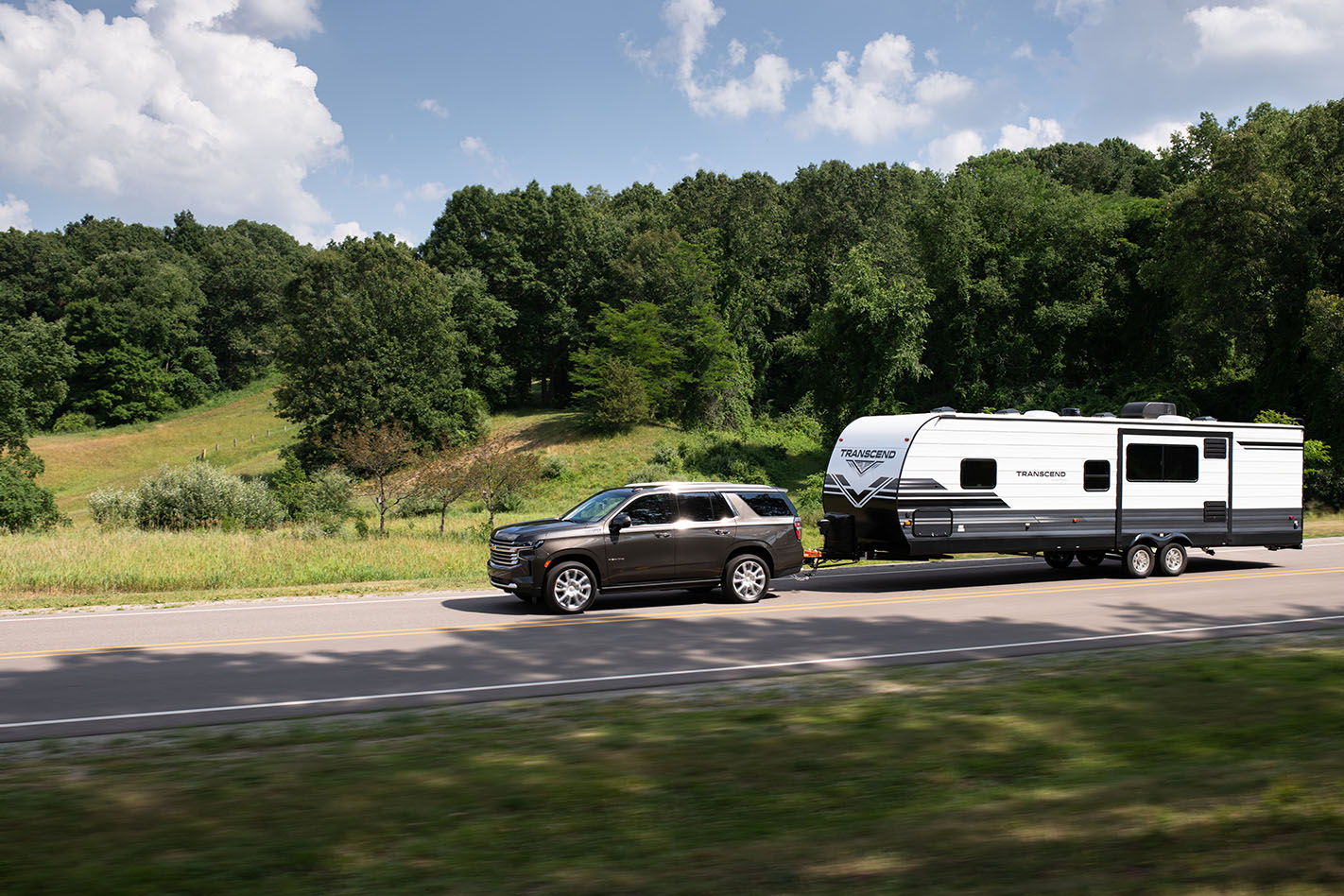
WE WISH: FORD EXPEDITION
Before we go any further here, we will note that Ford Australia has said the chances of the Expedition being sold in Australia in the immediate future are extremely slim to none.
However, here at WhichCar HQ, we think that’s a shame.
We have had hands-on experience with the Expedition in Canada and the US, driving a flagship Platinum variant for several weeks with five adults and associated luggage, two snowboards, and a pair of skis.
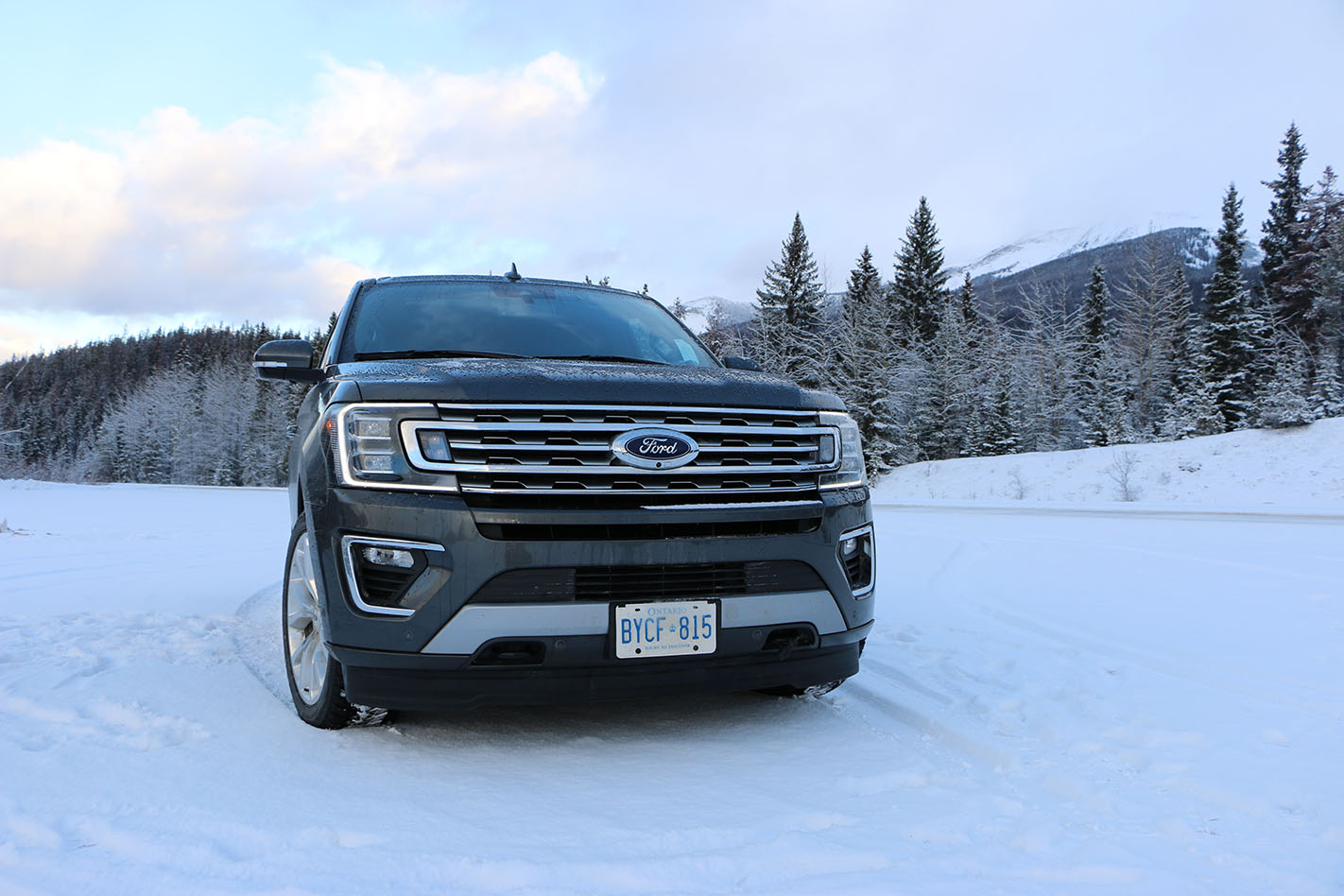
All Expeditions are powered by the same 3.5-litre twin-turbo EcoBoost petrol V6 used in the F-150, with 298kW/651Nm sent to all four wheels.
Measuring in at 5334mm long, 2029mm wide, and 1943mm tall with a 3112mm wheelbase, the Expedition was spacious and comfortable even when filled to the brim with bodies and luggage.
In its Platinum specification, the Expedition has a seven-seat configuration akin to the Palisade, with two captain’s chairs in the second row, and a relatively palatial third row that could easily accommodate six-foot-tall adults comfortably.
All up we completed 76 hours of driving, across 4331km, fully loaded at all times, returning fuel economy of 12.7L/100km.
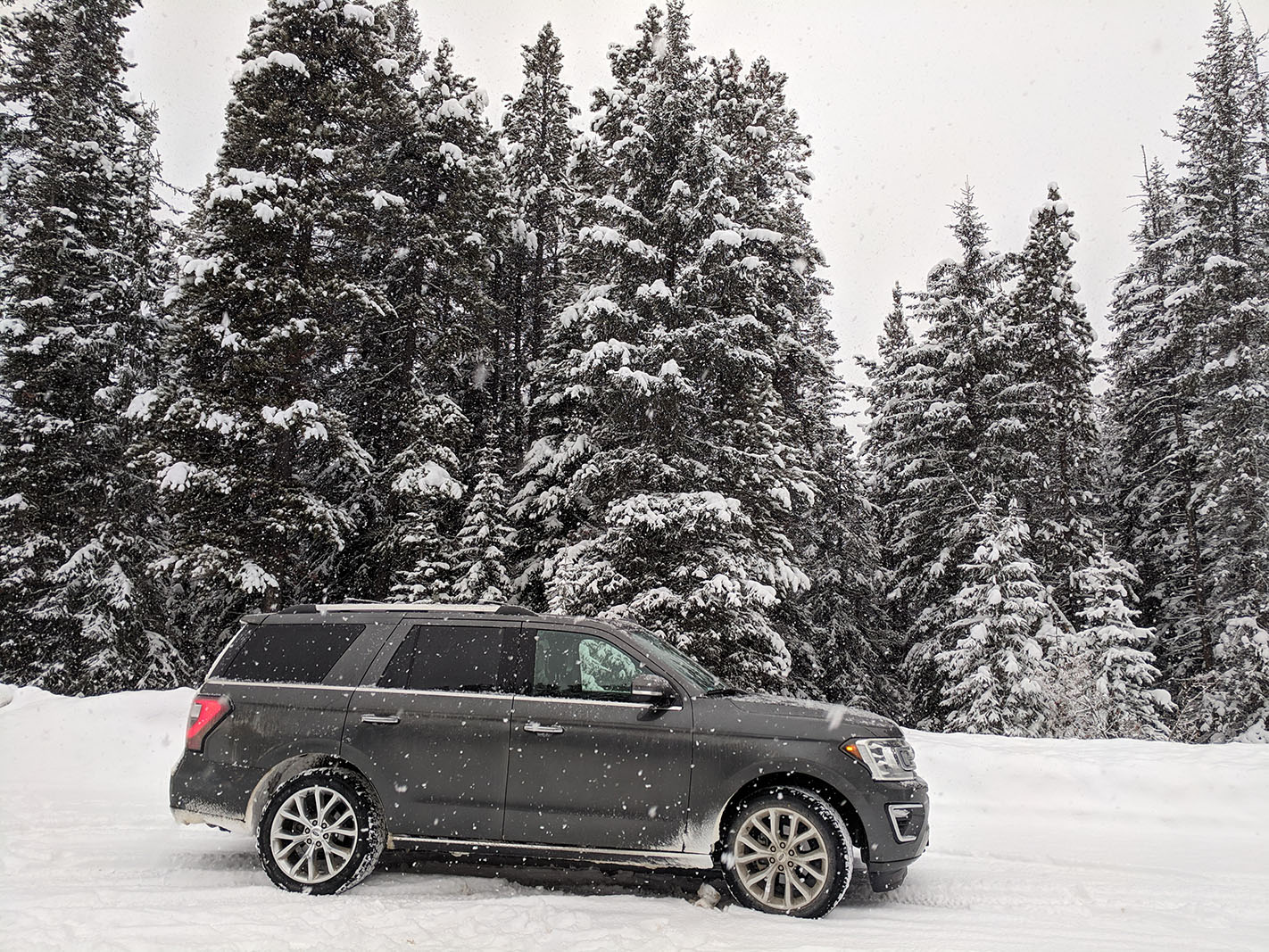
That kind of efficiency is impressive considering that with all the people and gear we’d (conservatively) estimate the combined weight of the Expedition to be north of three tonnes (with a 2550kg kerb weight).
With the Expedition’s platform being shared with the F-150, right-hand drive production remains off the cards going forward. However, we hope one day the door will open for this supremely impressive all-rounder to make its way to Australia in an official capacity.




